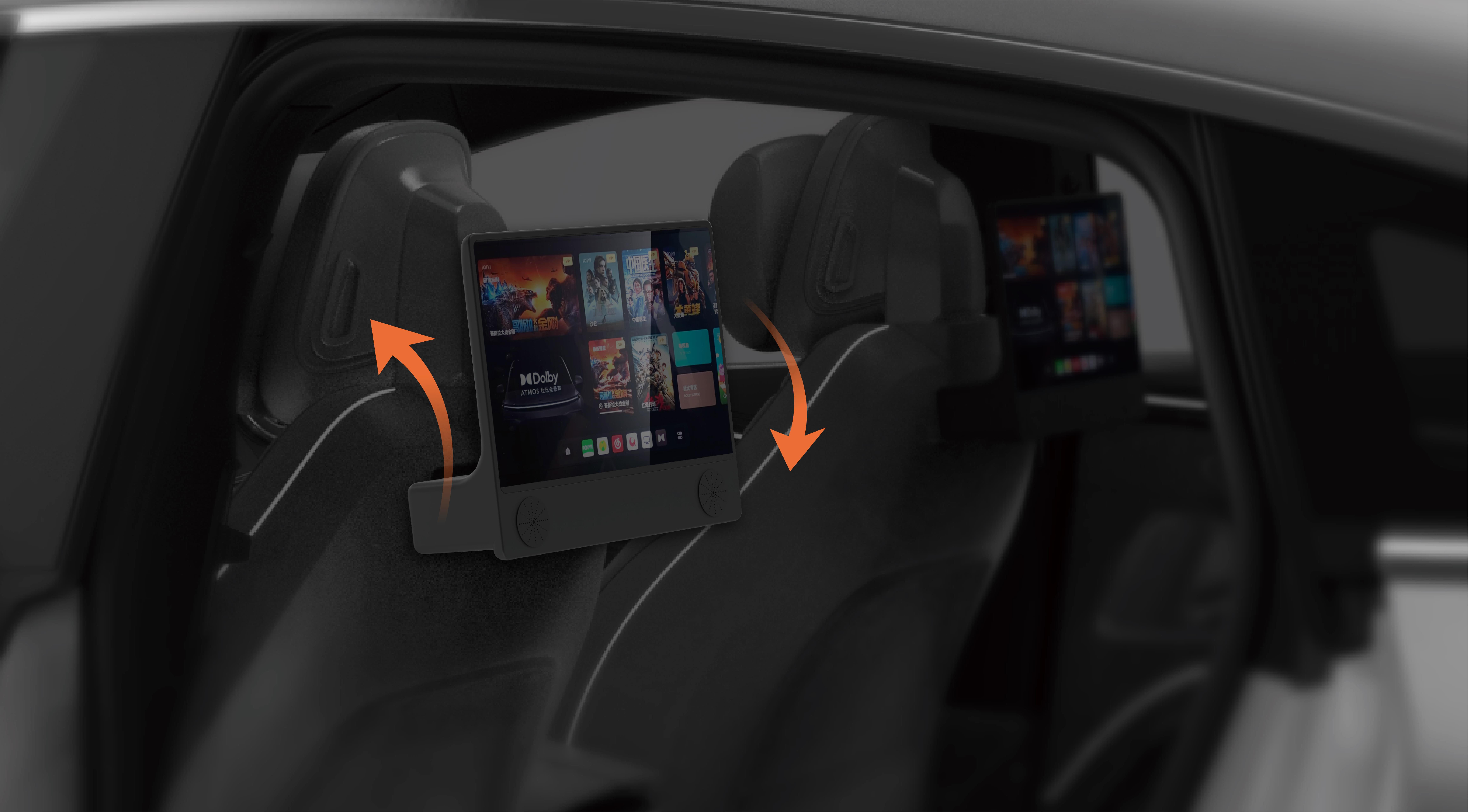Thinking about automation projects, you’ll often find yourself staring at two main contenders: step motors and servo motors. They seem similar at first glance—both turn, both move things—but dig a little deeper, and you’ll see they bring totally different vibes to your setup.

Step motors are like the dependable workhorse of motion control. They’re simple, straightforward, and often cheaper upfront. Imagine a painting robot that just needs to move to specific spots repeatedly—step motors fit that bill perfectly. They work by moving in fixed steps, so they’re predictable, easy to control, and require less sophisticated drivers. That makes them a favorite for basic automation tasks where precision isn’t everything.
Servo motors, on the other hand, are the high-performance athletes. They pack in more complexity for better control. Think about a drone stitching through the sky or a robotic arm that picks and places with finesse—servo motors are often the choice. These motors can rotate continuously, are more precise, and respond quickly to changes. Their feedback system constantly tells them exactly where they are, so they adjust in real time, making them perfect for complex, high-speed applications.
But wait, isn’t the control system more complicated? Absolutely. Servo setups need encoders or other feedback devices to monitor position and speed constantly. It’s like having a GPS for your motor—more data, more accuracy, but also more to set up. Step motors, by comparison, don’t have that feedback loop—more of a “set it and forget it” approach, which keeps things simple and cost-effective.
You might wonder about durability and maintenance. Servo motors tend to be more sensitive due to their intricate components but excel in running smoothly over long shifts if maintained well. Meanwhile, step motors shine in rough environments—less delicate, fewer parts that can go wrong—making them a solid choice for less demanding or budget-conscious projects.
Choosing between the two isn’t about better or worse—it’s about matching your needs. For repetitive tasks, pick a step motor. When your project demands precision, speed, or responsiveness, a servo might be your best bet. It’s all about the kind of performance you want and how much you’re willing to invest in complexity.
Let’s say someone asks, “Can I switch from a step motor to a servo later?” Sure, but be prepared for adjustments in your control system and possibly some rewriting of software. It’s not just swap and go; it’s about understanding the core differences.
So, whether you’re building a conveyor, a CNC machine, or a robotic assistant, knowing these differences helps avoid costly mistakes. With KPOWER’s range of motors, you get options tailored to both worlds. Just imagine choosing the right tool, hitting your targets, and watching the machinery hum along — that’s the real payoff.
Established in 2005, Kpower has been dedicated to a professional compact motion unit manufacturer, headquartered in Dongguan, Guangdong Province, China. Leveraging innovations in modular drive technology, Kpower integrates high-performance motors, precision reducers, and multi-protocol control systems to provide efficient and customized smart drive system solutions. Kpower has delivered professional drive system solutions to over 500 enterprise clients globally with products covering various fields such as Smart Home Systems, Automatic Electronics, Robotics, Precision Agriculture, Drones, and Industrial Automation.




































